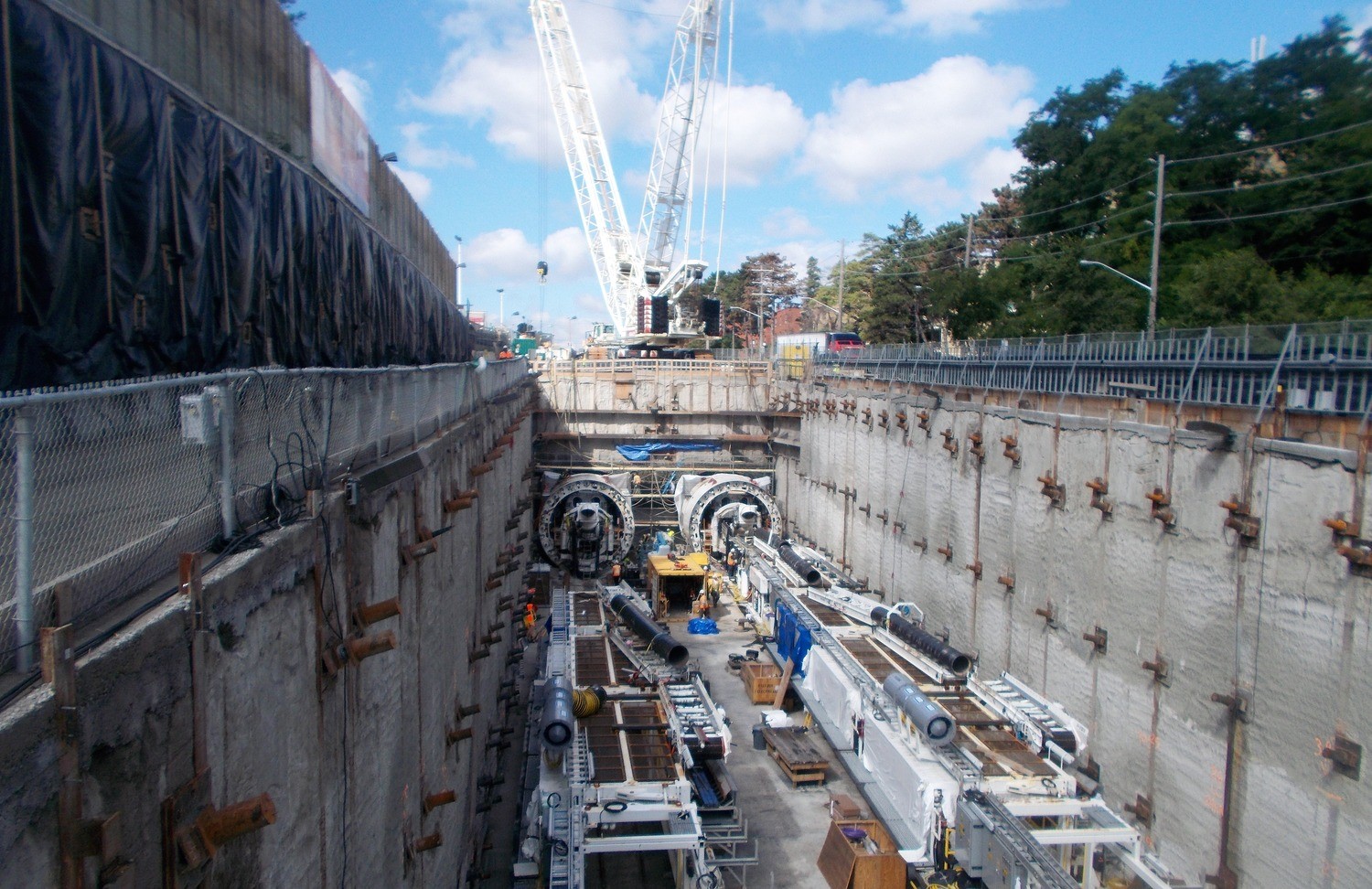By: Simon Burwell, Project Manager | EXP
Public infrastructure projects are a crucial part of facilitating community growth, controlling the cost of living and enabling employment accessibility for neighboring communities. These projects, often referred to as major/mega projects, can include highways, bridges, tunnels, airports and utilities, and typically have a capital cost exceeding $1 billion. They require the coordination of multiple teams, stakeholders and resources. A key role in the successful delivery of these projects is that of the project manager (PM). Throughout my time as a project manager for major/mega projects, I have learned five crucial lessons that professionals in this field should know.
Know your scope
The most important rule for delivering any project is to know what you’re there to do in its entirety, no more and no less. As the PM you are not required to manage each discipline of the project, but it is crucial that you have a basic understanding of the overall scope and summary of what each discipline is designing. More importantly, you need to know the limits of your mandate so that you can effectively ensure all requirements are met while simultaneously managing scope creep to avoid incurring extra costs for out-of-scope work. Knowing your scope in detail allows you to effectively plan activities, which are necessary for a project’s success.
Know your team
PMs must know the team they are tasking with managing aspects of the project. This must extend beyond knowing their names, job titles and credentials. PMs must also know team members’ strengths and weaknesses in order to leverage those strengths and account for the weaknesses. Part of managing a team is knowing who your staff are and what they are good at so that you can anticipate issues before they arise and make arrangements to mitigate them ahead of time.
Know your client
It is imperative that a PM knows their client and how they operate so they can effectively plan to work alongside them. Different companies foster different cultures around project management and delivery, and each person takes their own unique approach in portraying this. Knowing who you work for allows you to anticipate their needs and requests proactively and keep your team working with minimal interruptions. Some clients like to receive regular updates, whether good or bad, to ensure work is progressing, while others prefer to receive updates for significant milestones or developments. Knowing who you are working with and how best to meet their needs will help mitigate unnecessary conflict or delays.
Know your stakeholders
Part of delivering any project, but particularly a major/mega project, is coordinating with third party stakeholders (TPSs) to ensure all necessary parties have the opportunity to review, comment on and ultimately approve all relevant design details prior to construction commencing. Stakeholder reviews, whether it be a design review or a permit approval, are a critical portion of the design process, and often a significant source of risk and delays due to client schedules and processes. Knowing who your stakeholders are ahead of time and having a basic understanding of how they operate will allow you to effectively plan and proceed in a way that mitigates the risk of multiple cycles of review or delays in the review timelines. This can consist of simply following their preferred templates and formats for submissions or establishing early coordination meetings with the TPSs to ensure any comments or requests they have been accounted for during the design development ahead of the formal submission. Identifying and learning about the different stakeholders and public agencies early in the design process is always an asset to the team.
Know what you don’t know
In preparing for a project, it is advantageous to identify what you don’t know. This can include anything from lack of scope clarity, to missing background information, and even lack of personal knowledge of a particular process or agency. Pinpointing questions that still need to be answered is a critical portion of being a PM on these projects. Oftentimes, the biggest problems arise not from clear or obvious items of concern, rather it is usually due to relatively minor assumptions or risks that are forgotten about and then materialize later in the project. To alleviate this possibility, PMs should identify and track any and all risks, assumptions and exclusions from the scope and organize regular workshops focused on validating assumptions and mitigating risks.
Throughout the life of transformative major/mega projects, PMs play an important part in overseeing progress and aligning team efforts with client expectations. Following these key lessons, PMs ensure that their teams are set up for success.
Learn more about Program + Project Management at EXP and apply to open project management positions.

